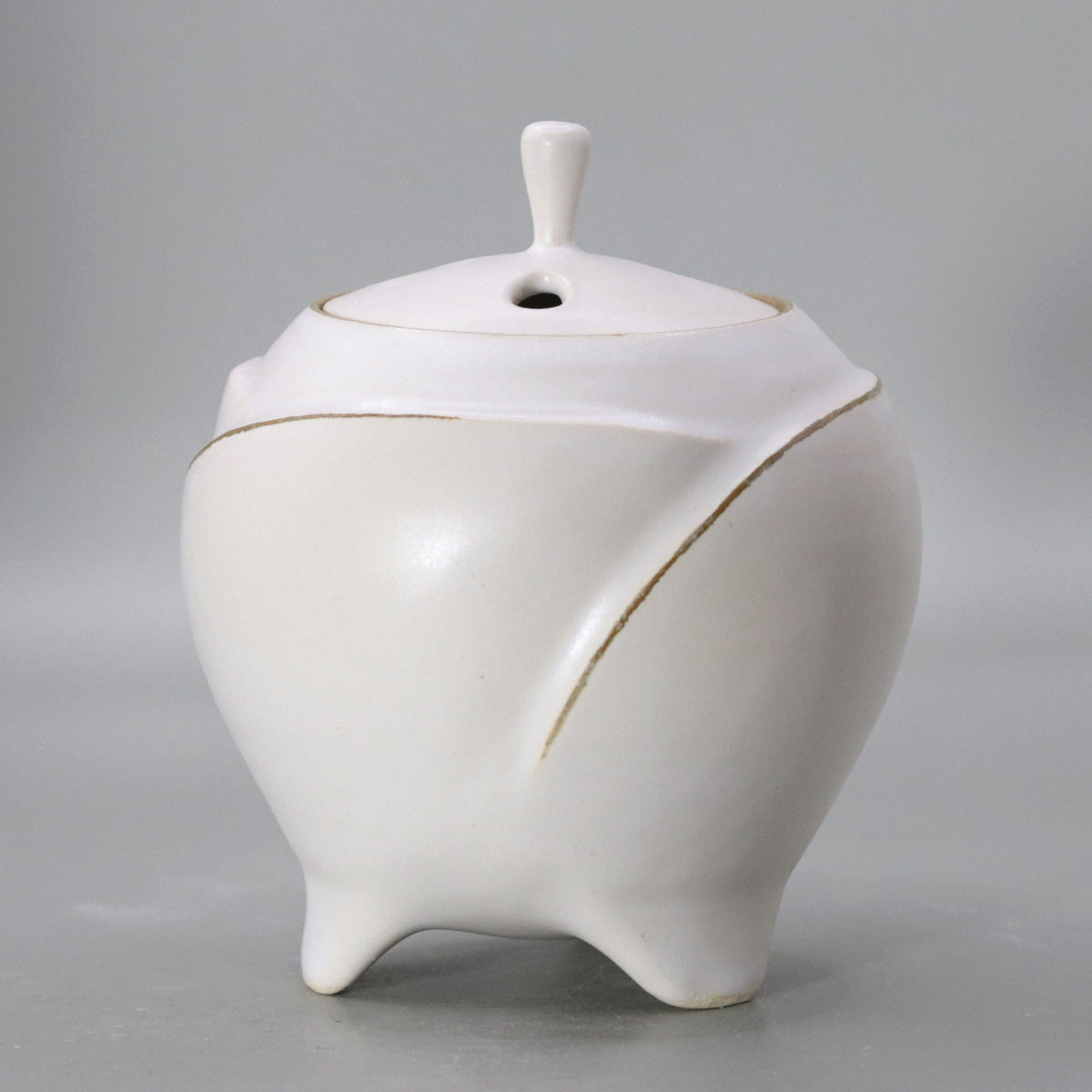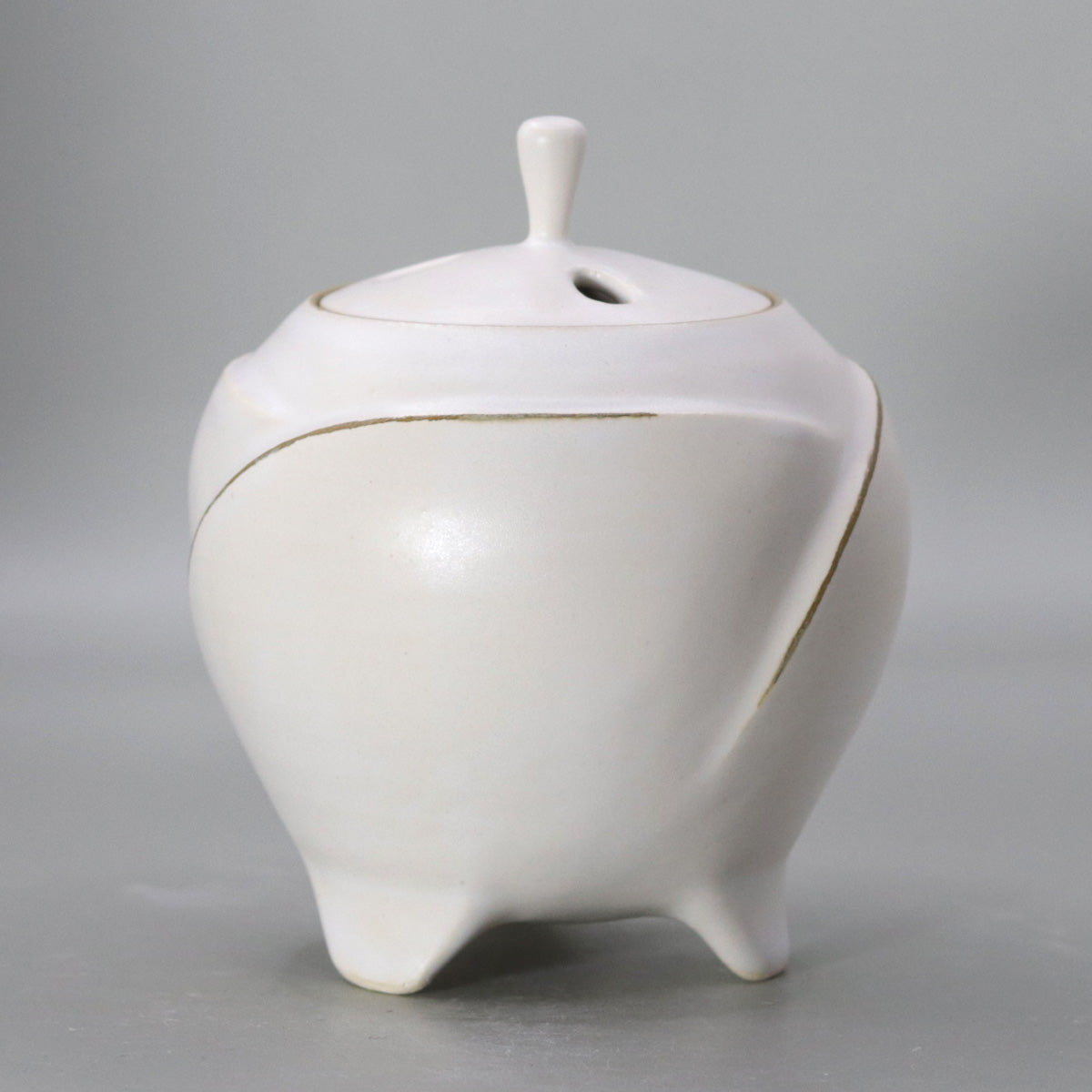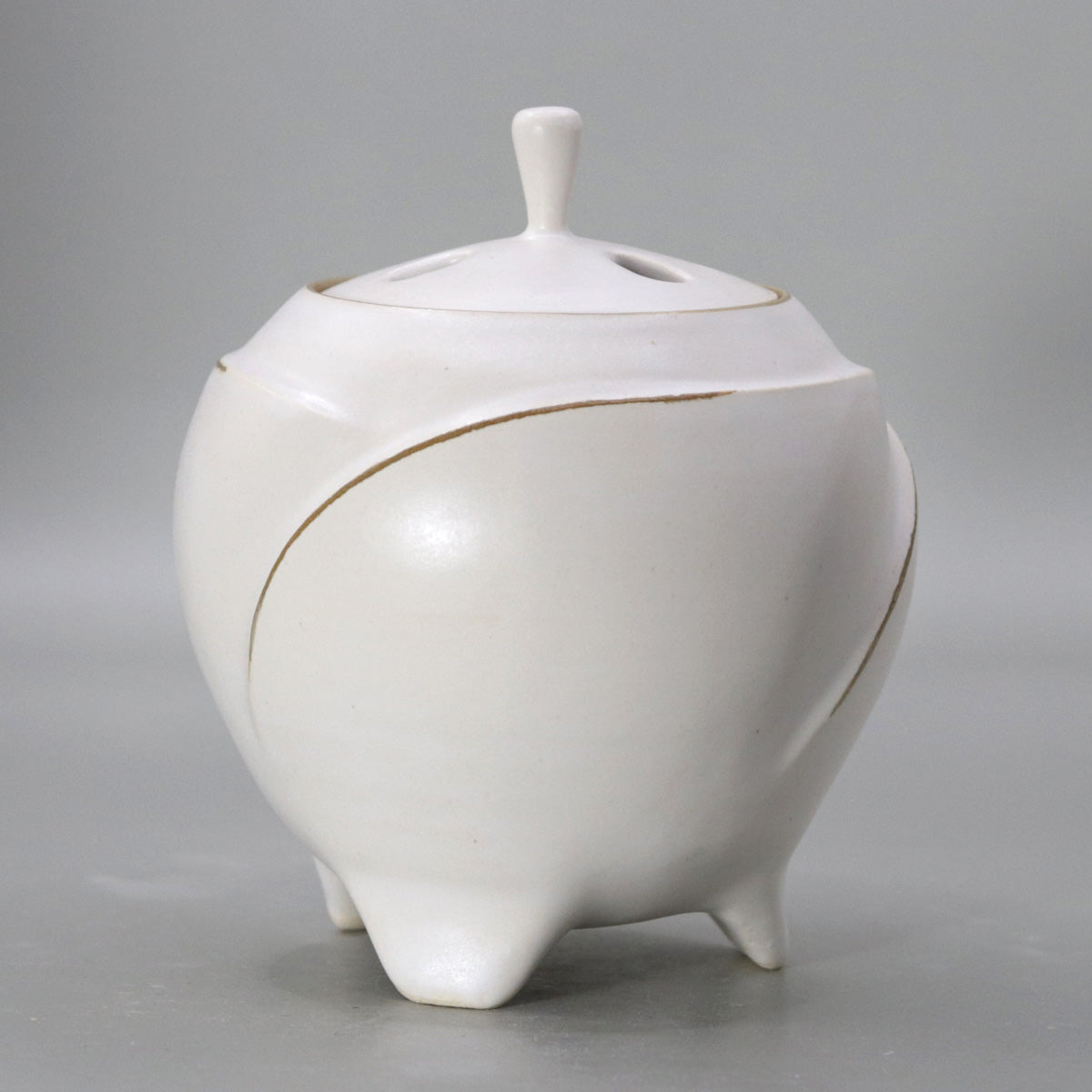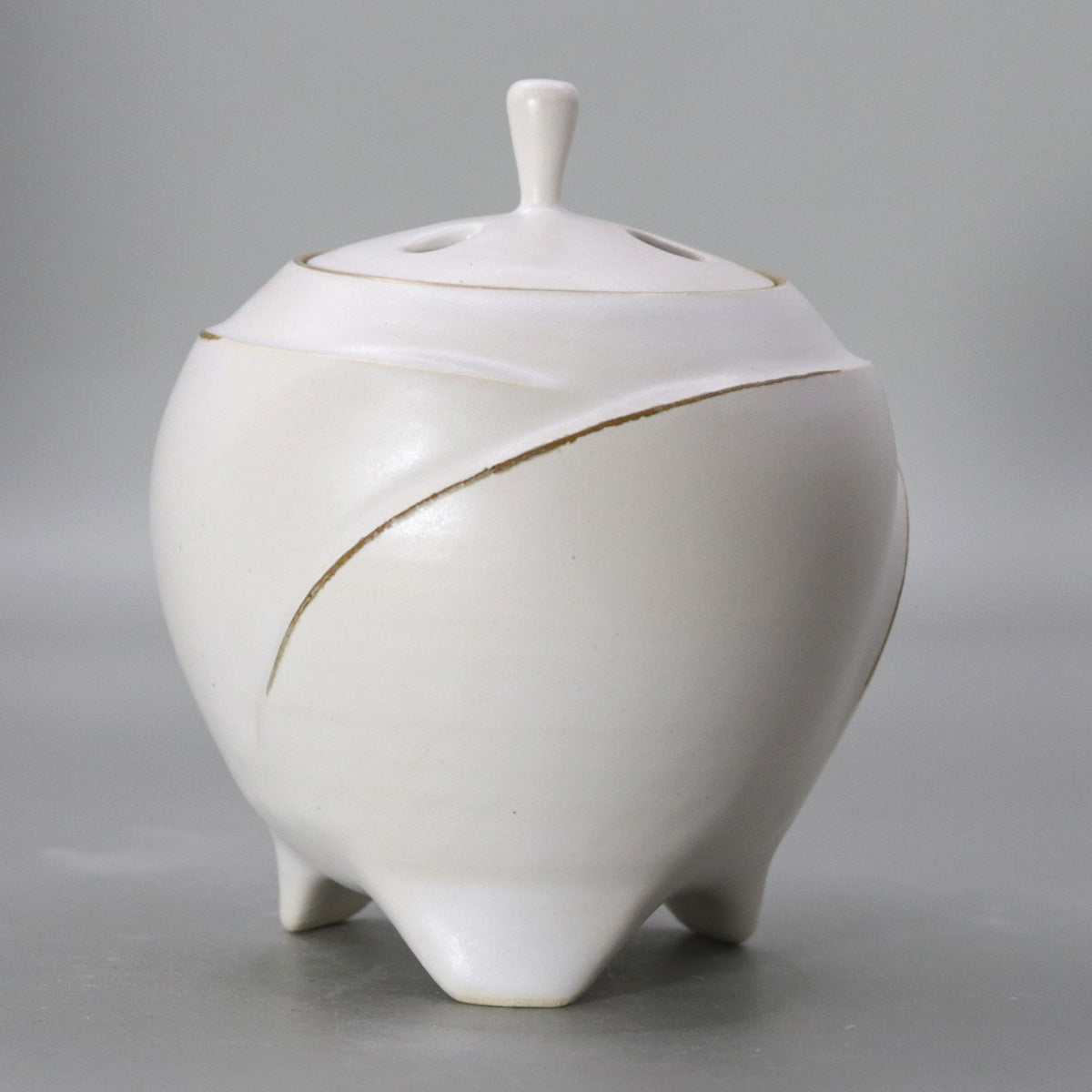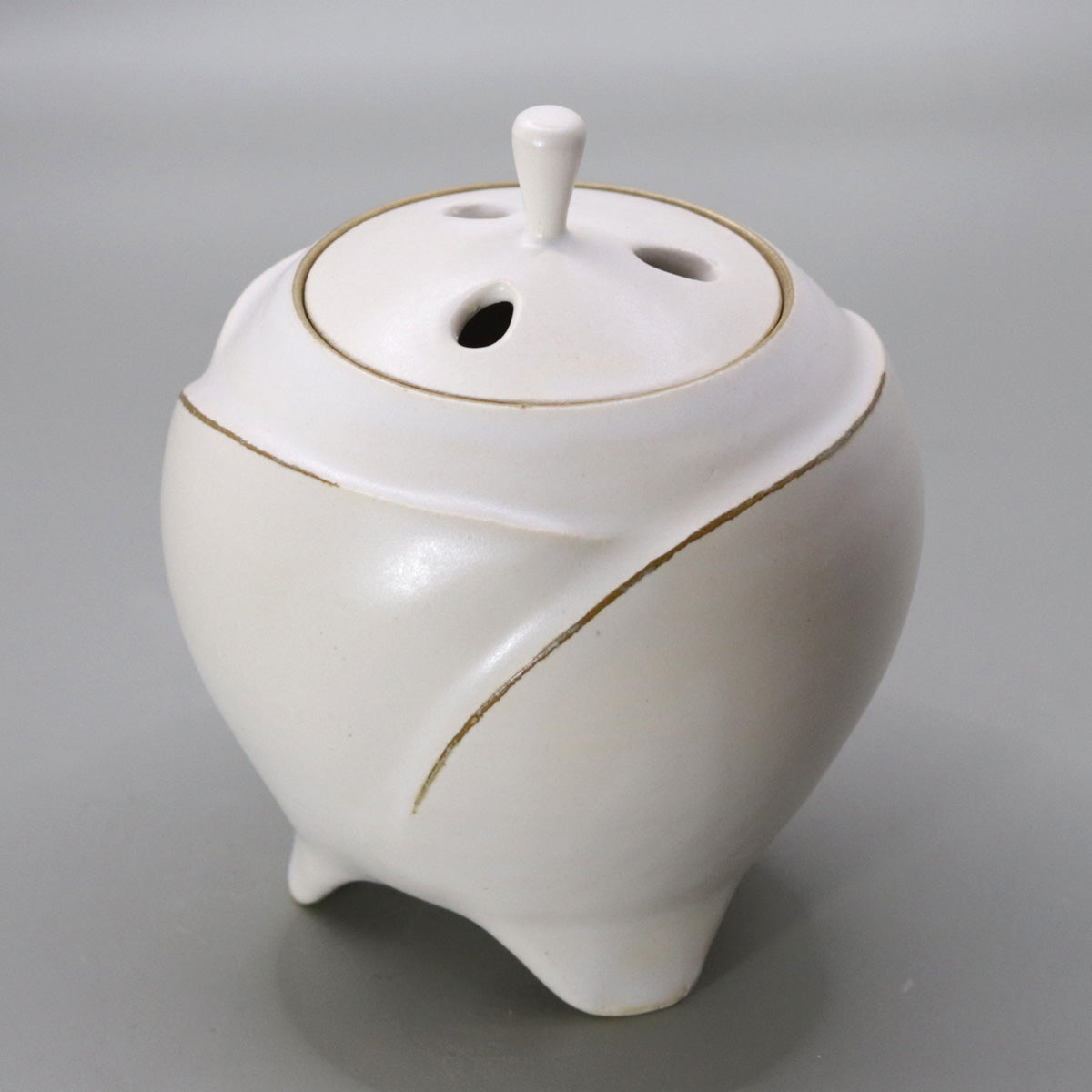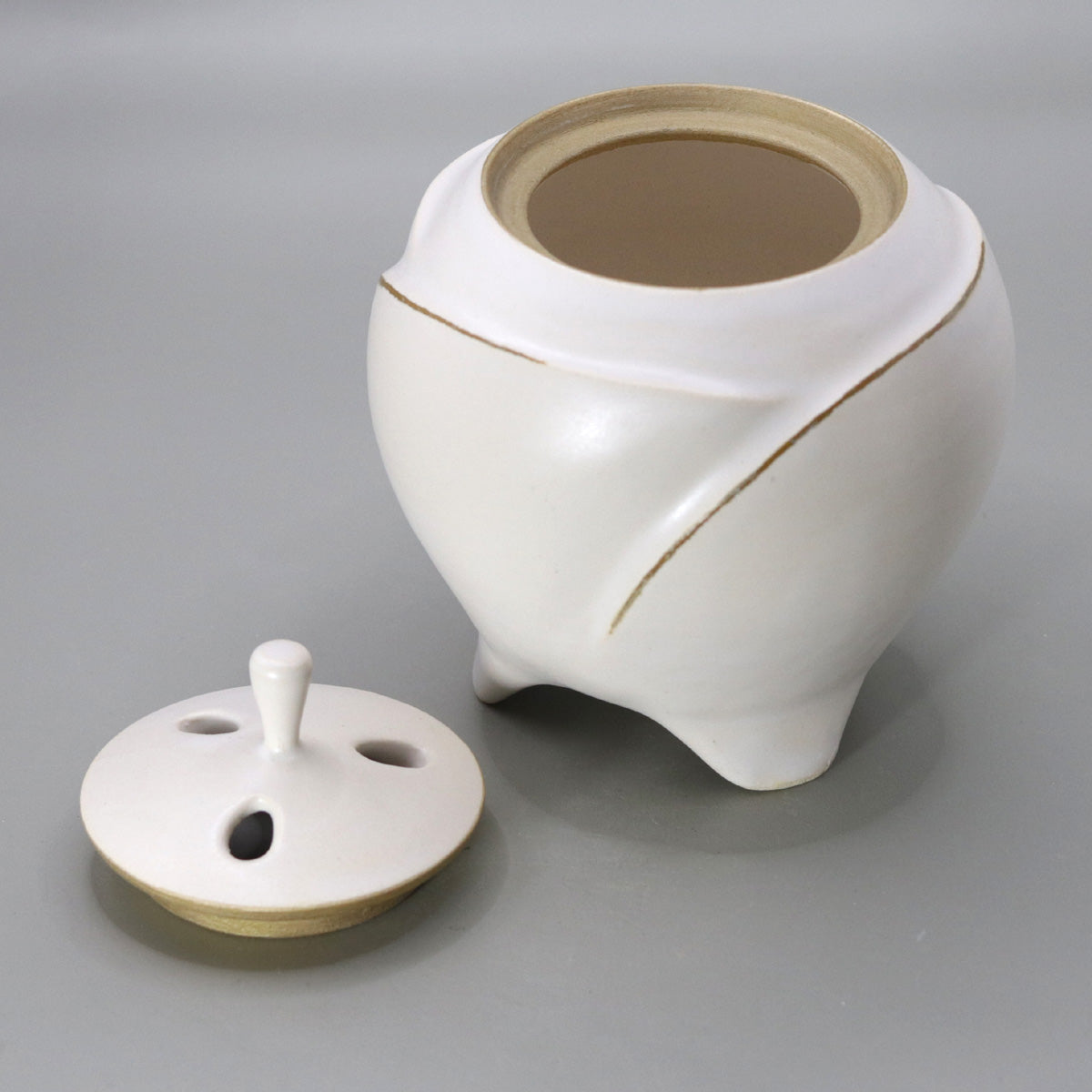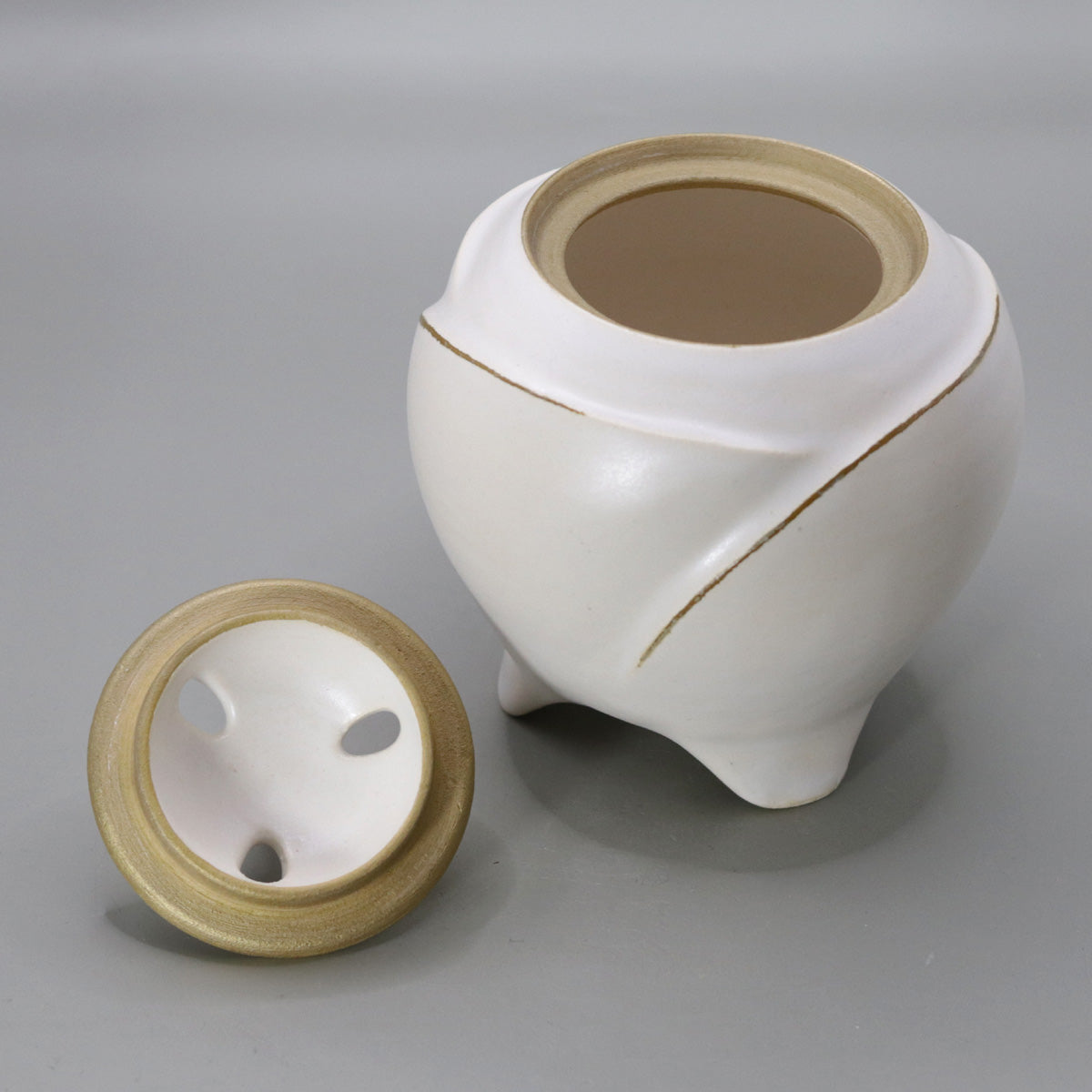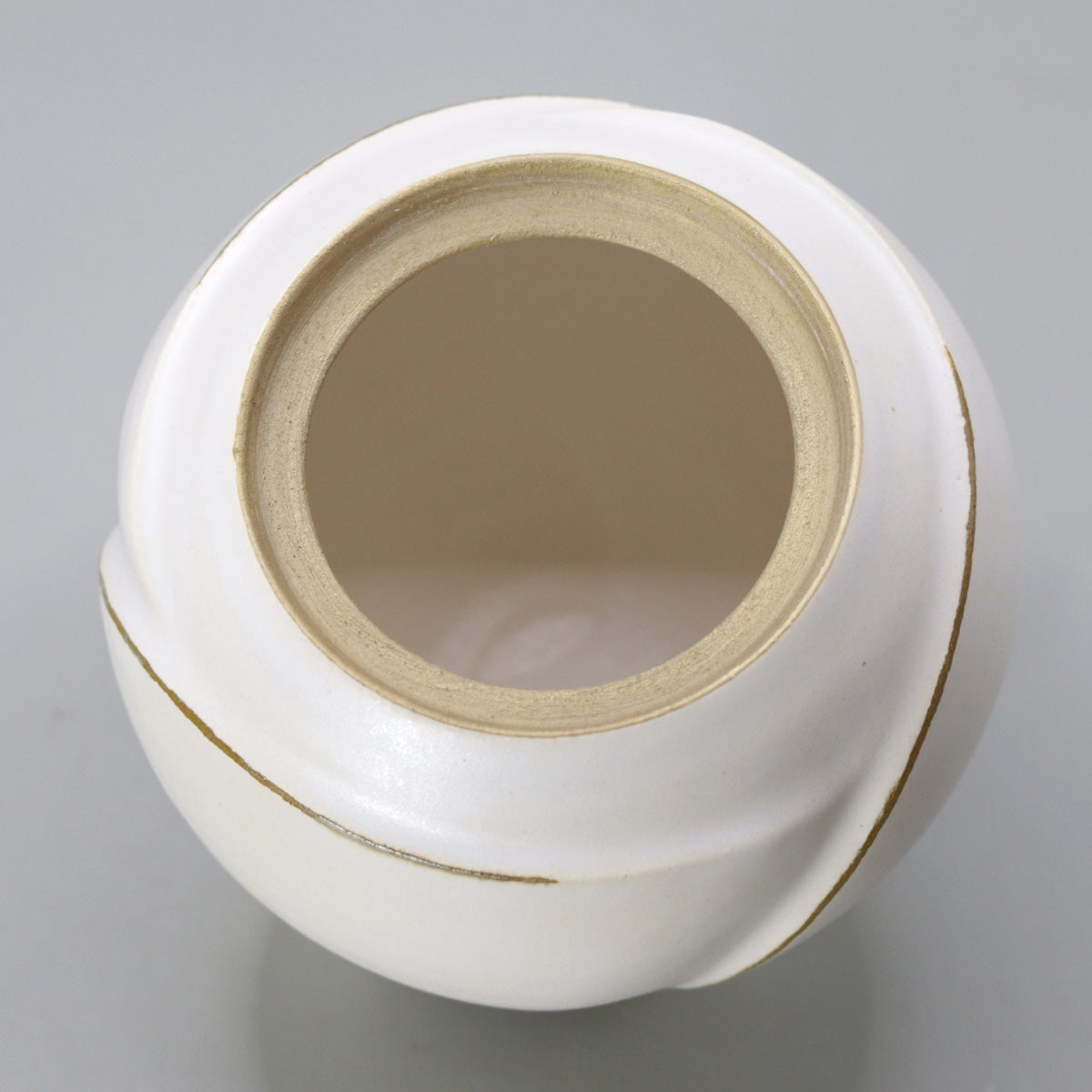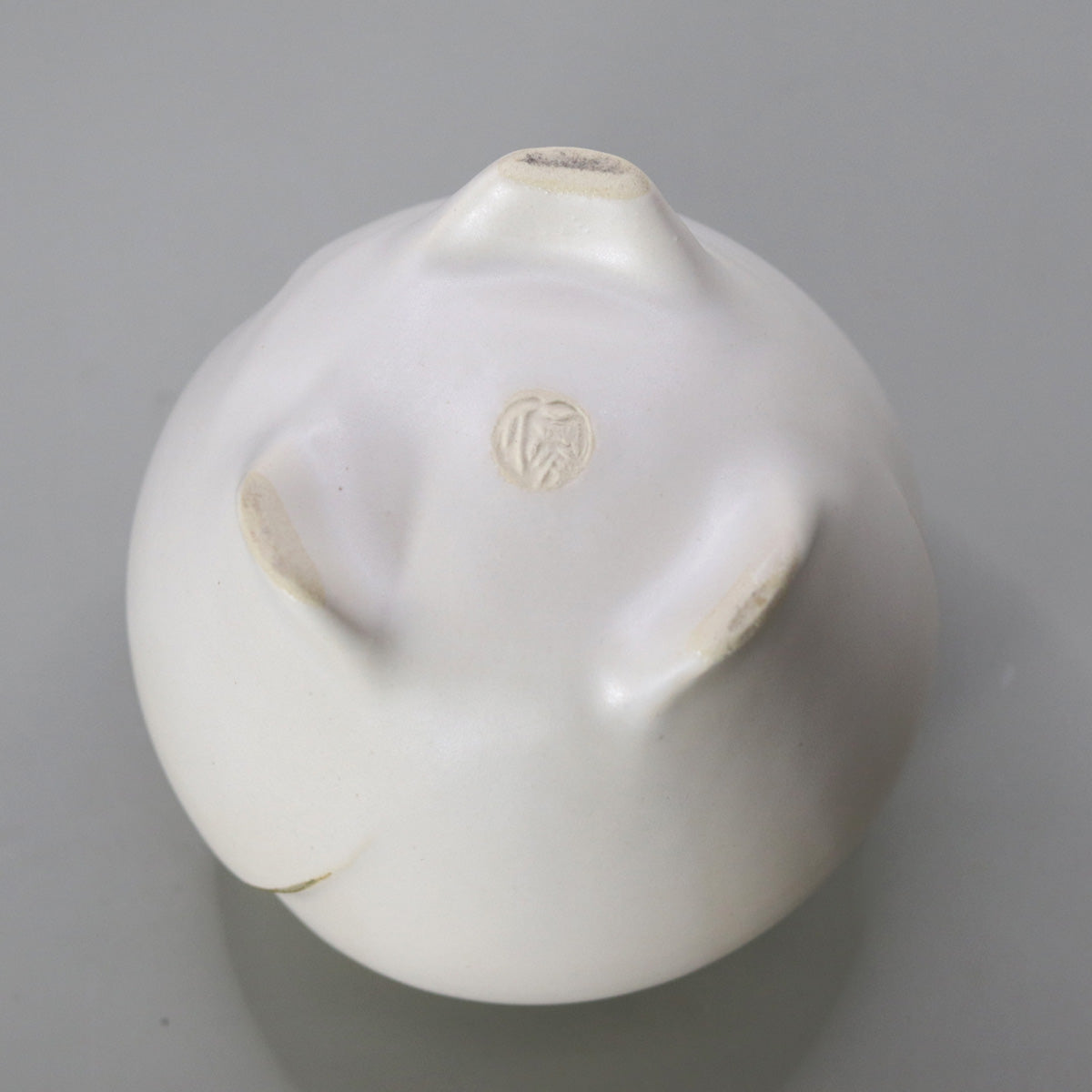White Glazed Ridge Incense Burner by Okada Yu
White Glazed Ridge Incense Burner by Okada Yu
Couldn't load pickup availability
Width: 12.0cm Height: 13.8cm
"White Glazed Ridge Incense Burner" by Masaru Okada - A tranquil sculpture surrounding a fire
The White Glazed Ridge Incense Burner by Okada Masaru is a modern incense burner that stands lightly on three legs, with slight ridges running across its pure white ceramic surface . The coexistence of the soft curved surface that encases the fire pit and the sharp cutting lines neatly crystallizes the duality of "stillness" and "movement," "warmth" and "coldness." Below, we will introduce its charm in detail in five chapters: history, technique, design, spirituality, and combination .
1. Historical Background - The Intersection of Incense Burners, Chanoyu, and Kodo
Incense burners were imported as Buddhist ceremonial implements during the Nara and Heian periods, and then during the Muromachi period, with the rise of the practice of monkō (smelting incense), Chinese celadon incense burners and Kyoto ware incense burners developed. In teahouses, they are used in pairs with incense containers for the opening of the hearth or for New Year decorations, and their subtle fragrance opens the five senses of guests. While keeping this tradition in mind, Okada Masaru has sublimated incense implements into three-dimensional abstract sculptures , presenting a new image of an incense burner that blends in with modern spaces.
2. Techniques and materials: The beauty of shadows created by white glaze and ridges
3. Design: Comparison of the tripod, ridges, and handles
Tripod Structure The three-point support, derived from the ancient bronze vessel "Kanae," absorbs shaking while providing visual stability. The legs are tapered inward, achieving both delicacy and strength.
Rhythm of the Ridges <br data-end="914" data-start="911">The ridge that runs diagonally across the body symbolizes the spiral of incense smoke rising from the fire. A flash of light cuts through the silence of the white porcelain, releasing dynamic tension into the space.
The teardrop-shaped handle captures the exact moment when a drop falls, and its egg-shaped handle fits snugly against the finger, providing a refreshing, cool aftertaste when opening and closing the container. The fire hole is located in the center, and it also has functional beauty that improves the efficiency of venting heat and incense.
4. Spirituality - Purification and white space in "white"
White represents the "purity and infinity" of Zen. Okada Masaru's white glaze changes temperature slightly depending on the light source, and the more it is used, the more it takes on a greasy luster and takes on a unique look. The ridges represent "artificiality," the curved surfaces represent "nature," and the tripod represents the harmony of "heaven, earth, and man." Together with the smoke from the burning agarwood and aloeswood, it will serve as a guidepost to help you clear away distracting thoughts .
summary
The White Glazed Ridgeline Incense Burner is a masterpiece that integrates the functions of abstract sculpture and tea ceremony utensils to a high degree. The light, upright form of the tripod and the cutting ridges give rhythm to the serenity of the white porcelain, purifying the space with the incense smoke. It will blend naturally into a tea ceremony, as well as a modern living room or art gallery, becoming a "tranquil focal point" where the ritual of using fire intersects with contemporary design.
— Embracing flame and fragrance within the stripped white.
This philosophy stimulates the wearer's senses over time, leaving a deep, lingering impression.
If you could provide us with detailed information such as dimensions, box name, price, etc., we would be happy to add further combination ideas and historical supplements. Please feel free to contact us.
Share
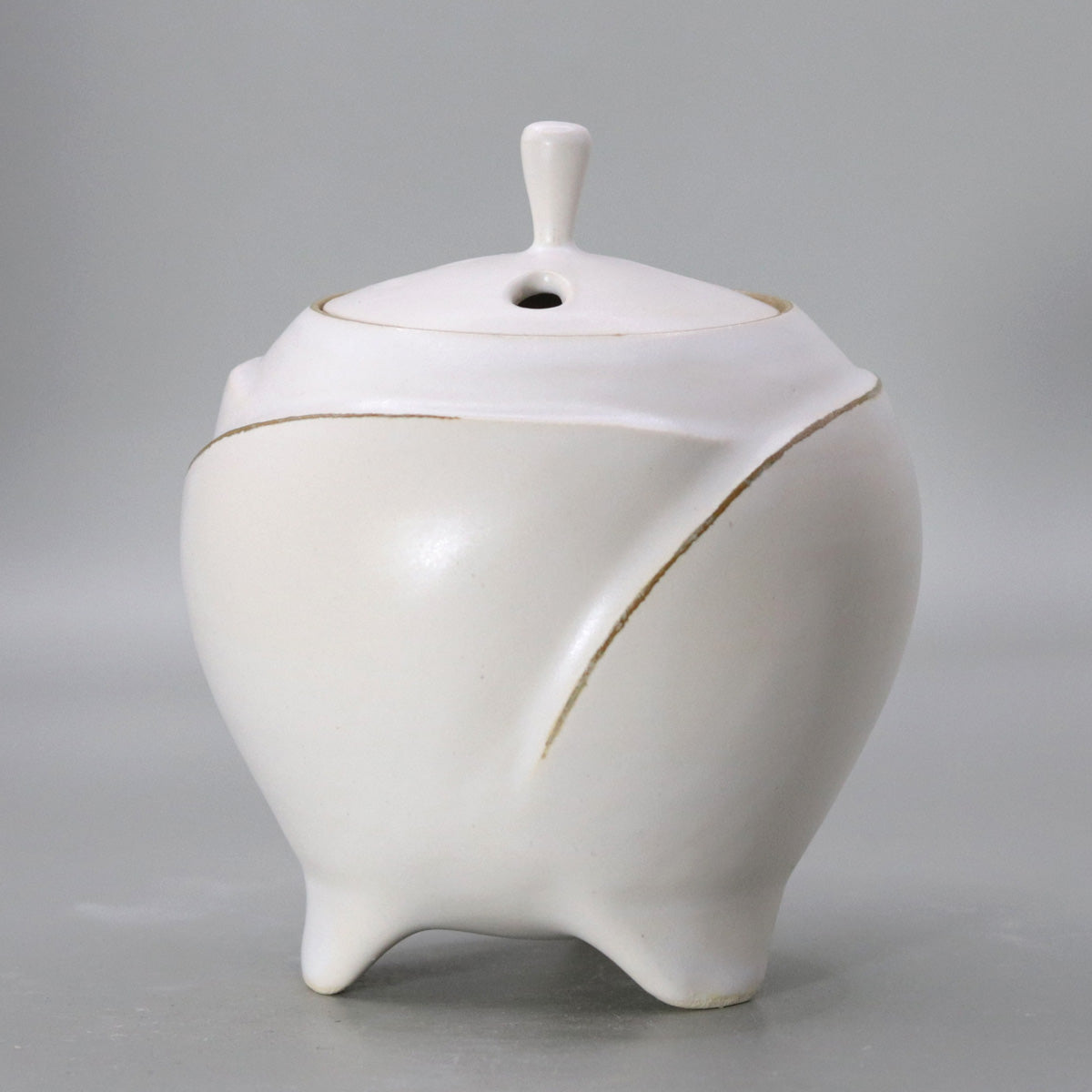
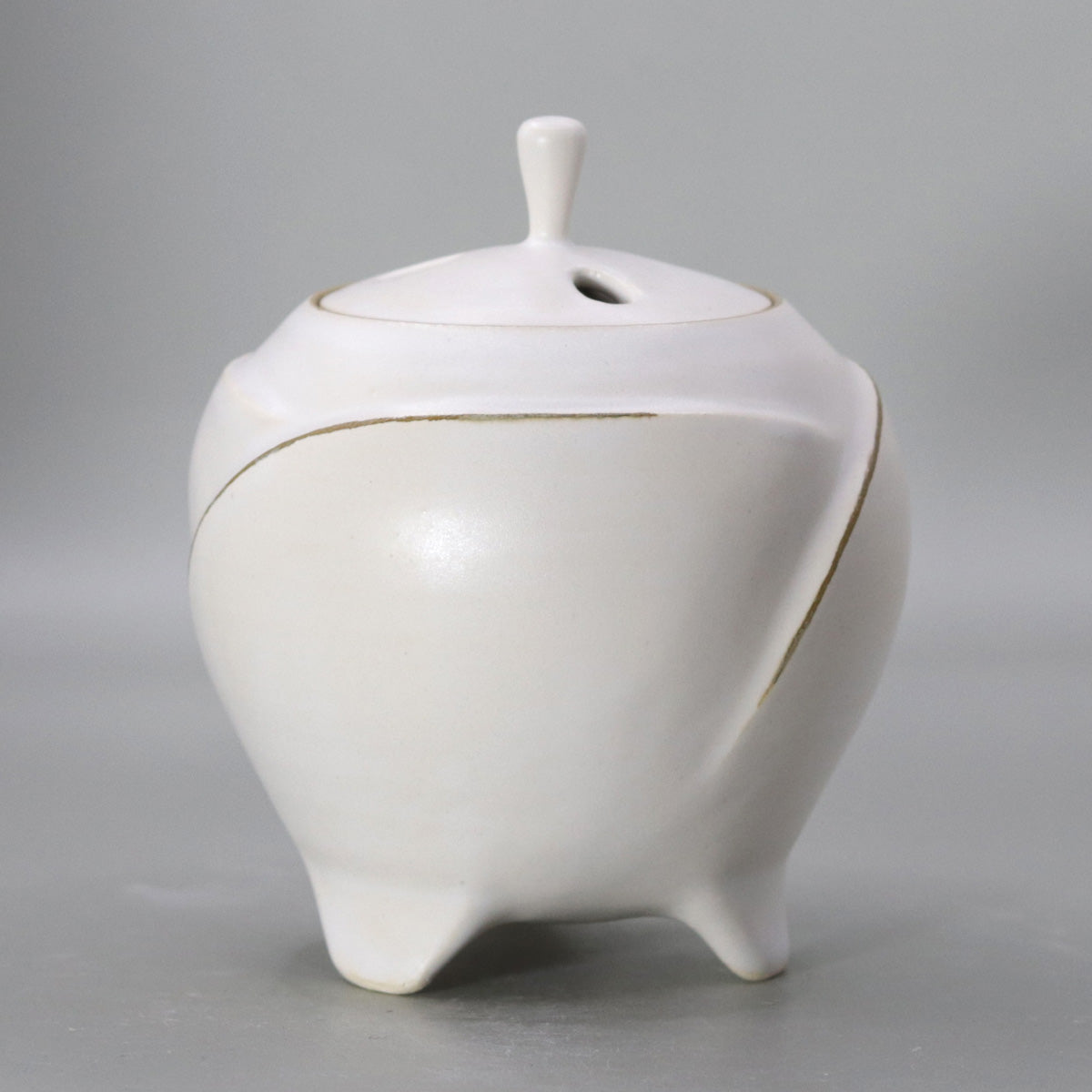
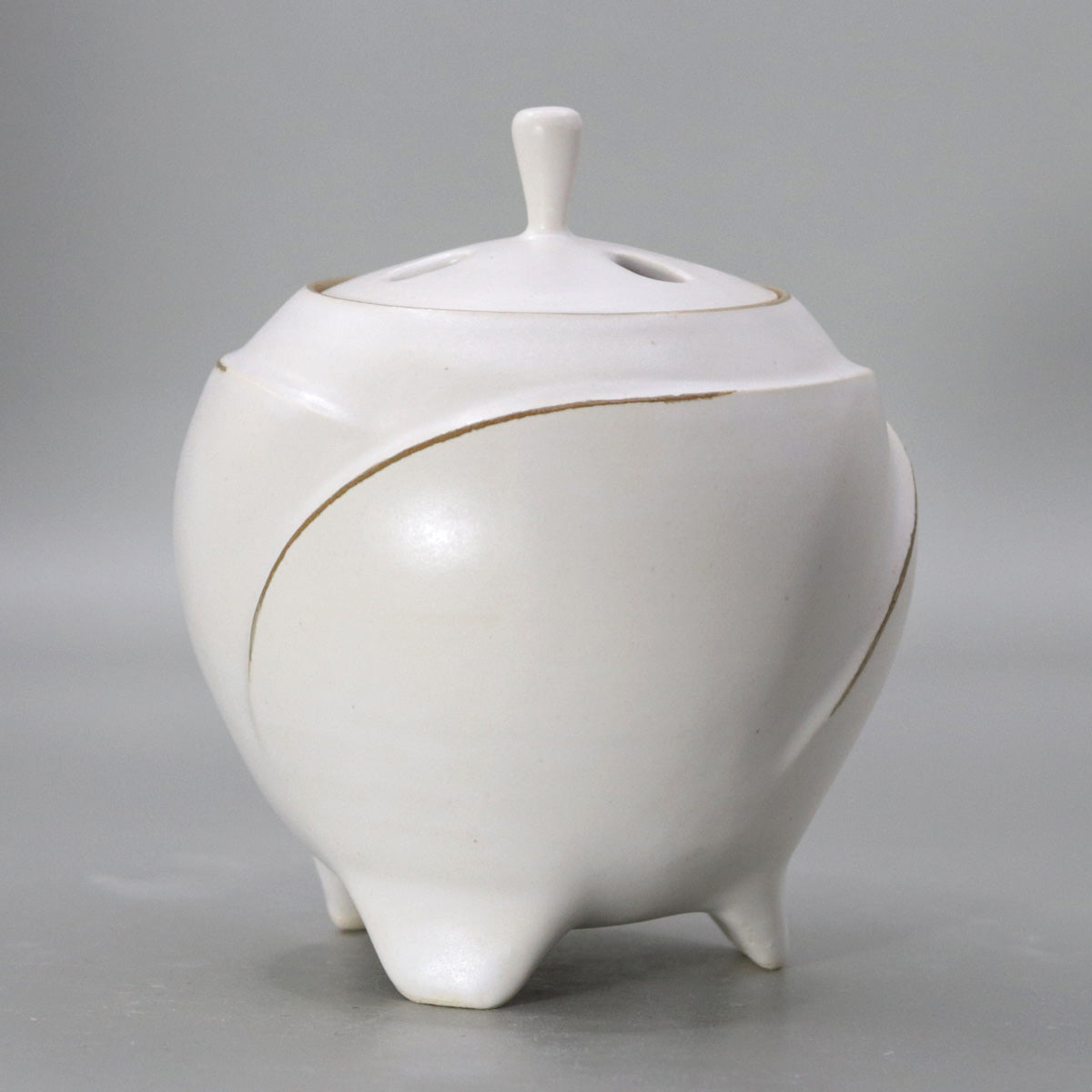
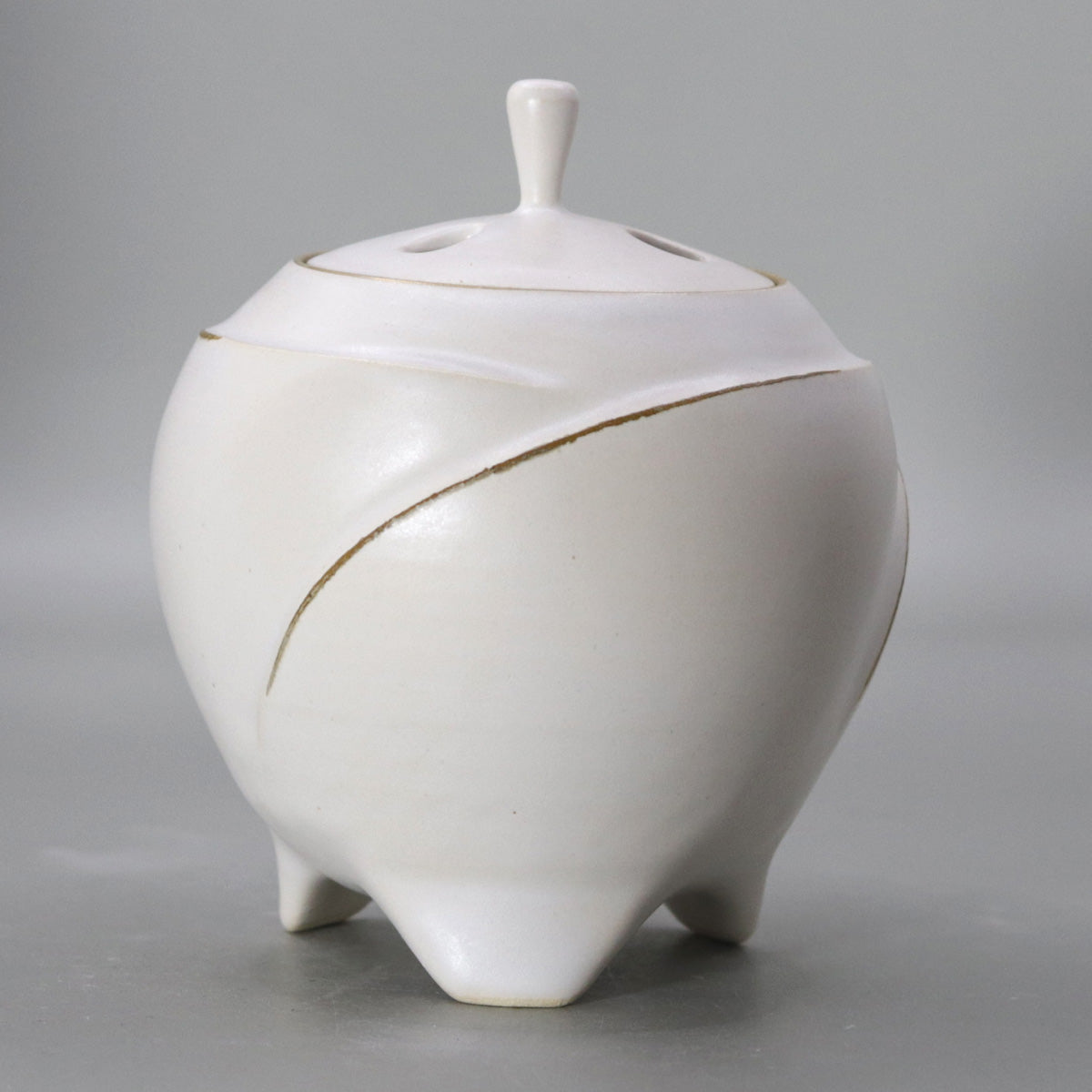
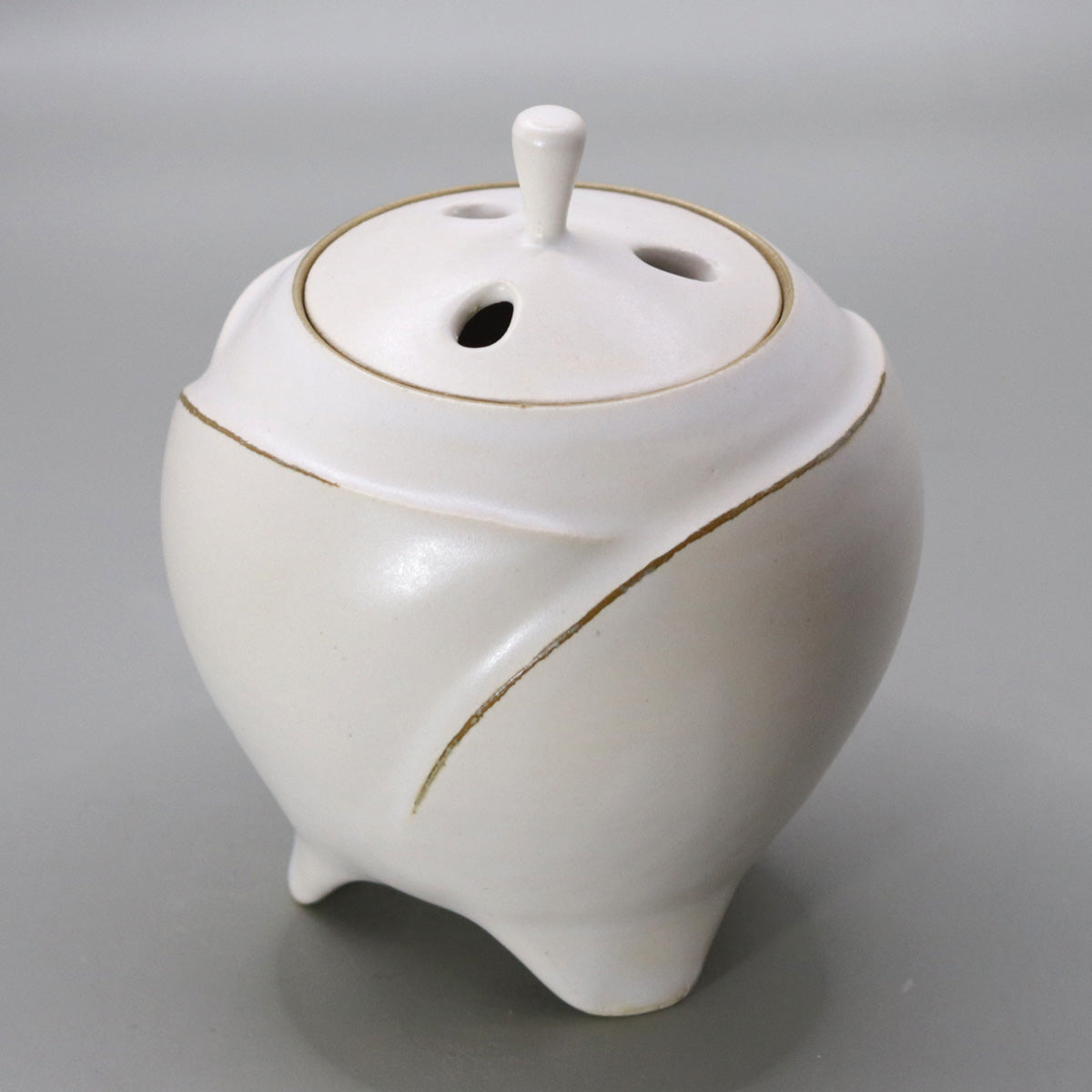
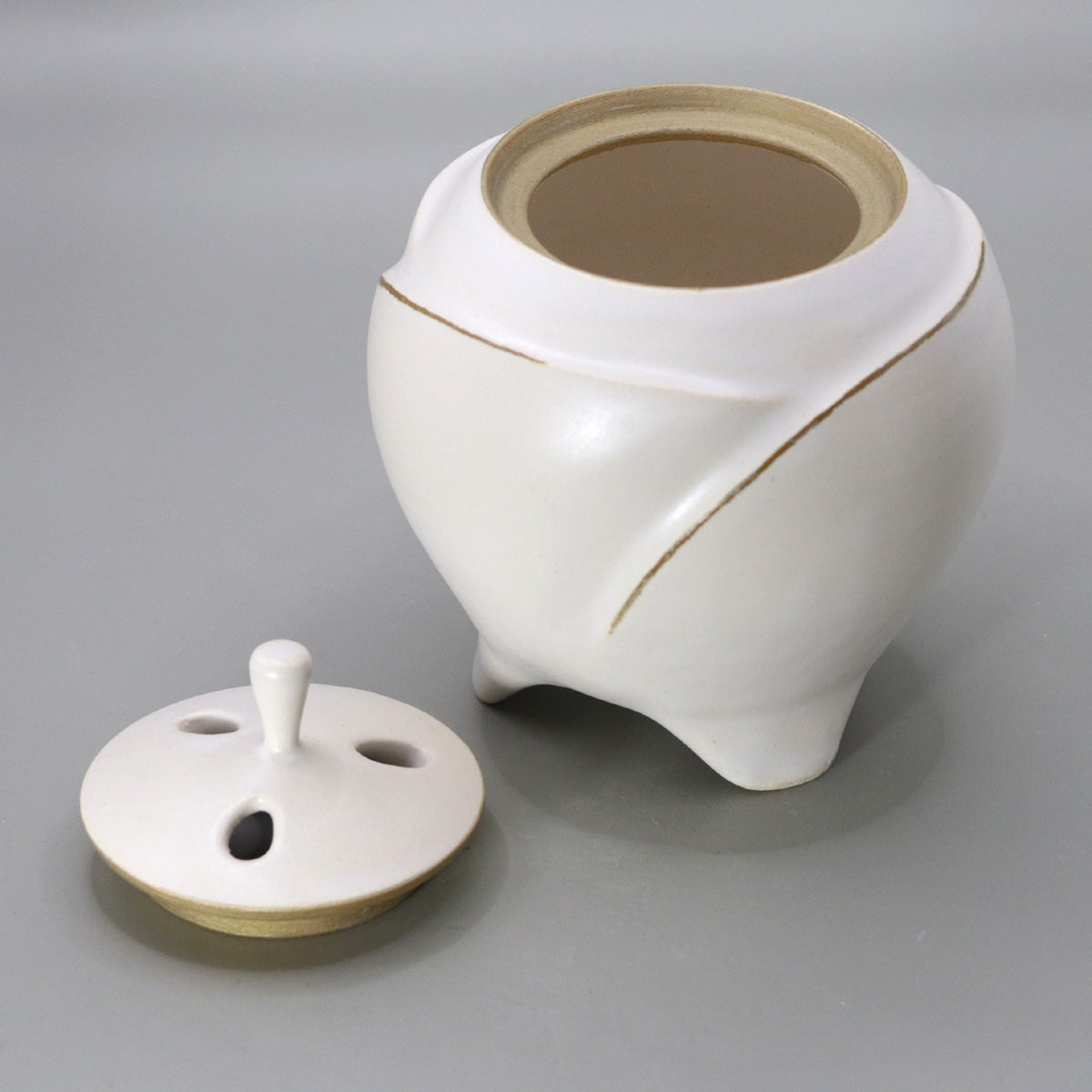
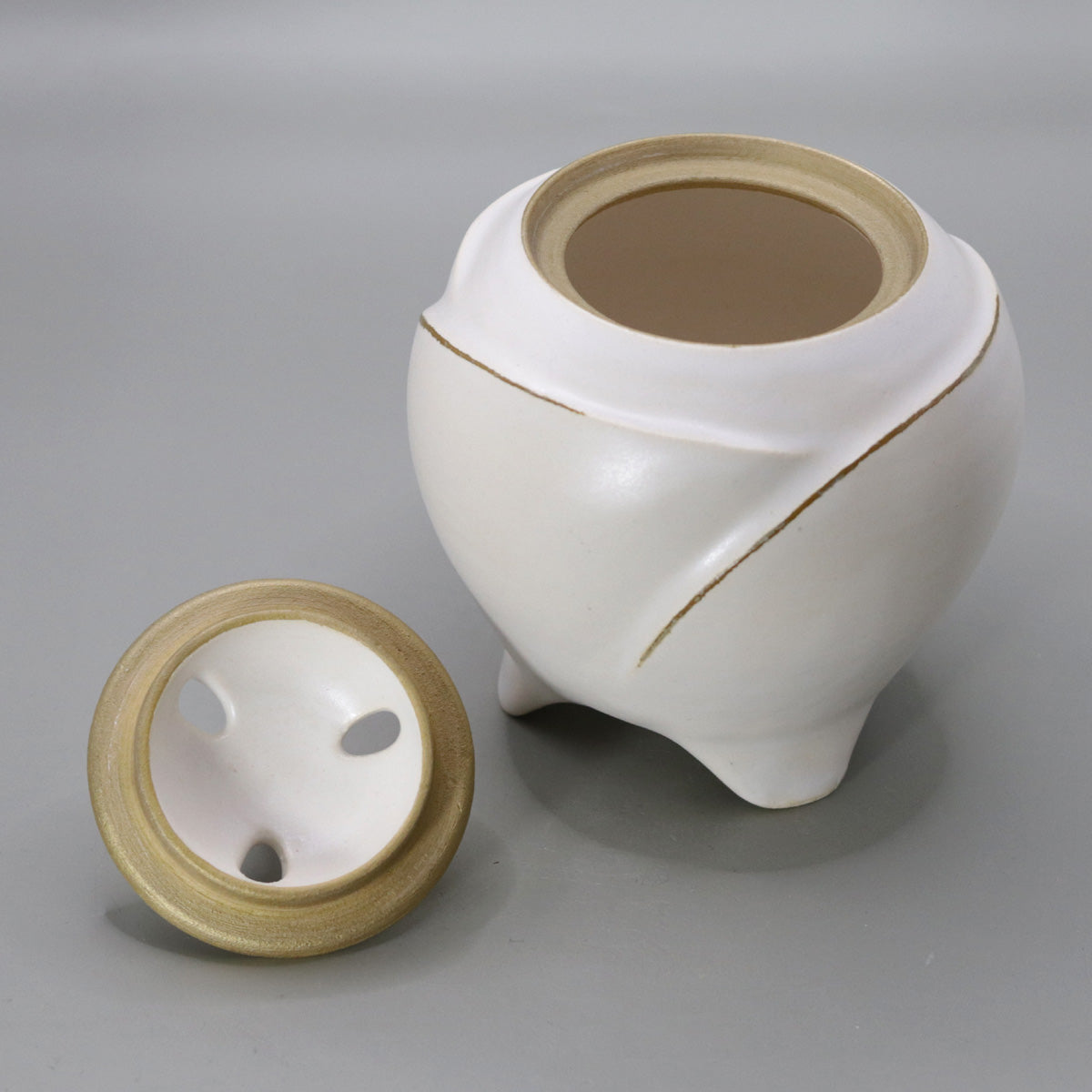
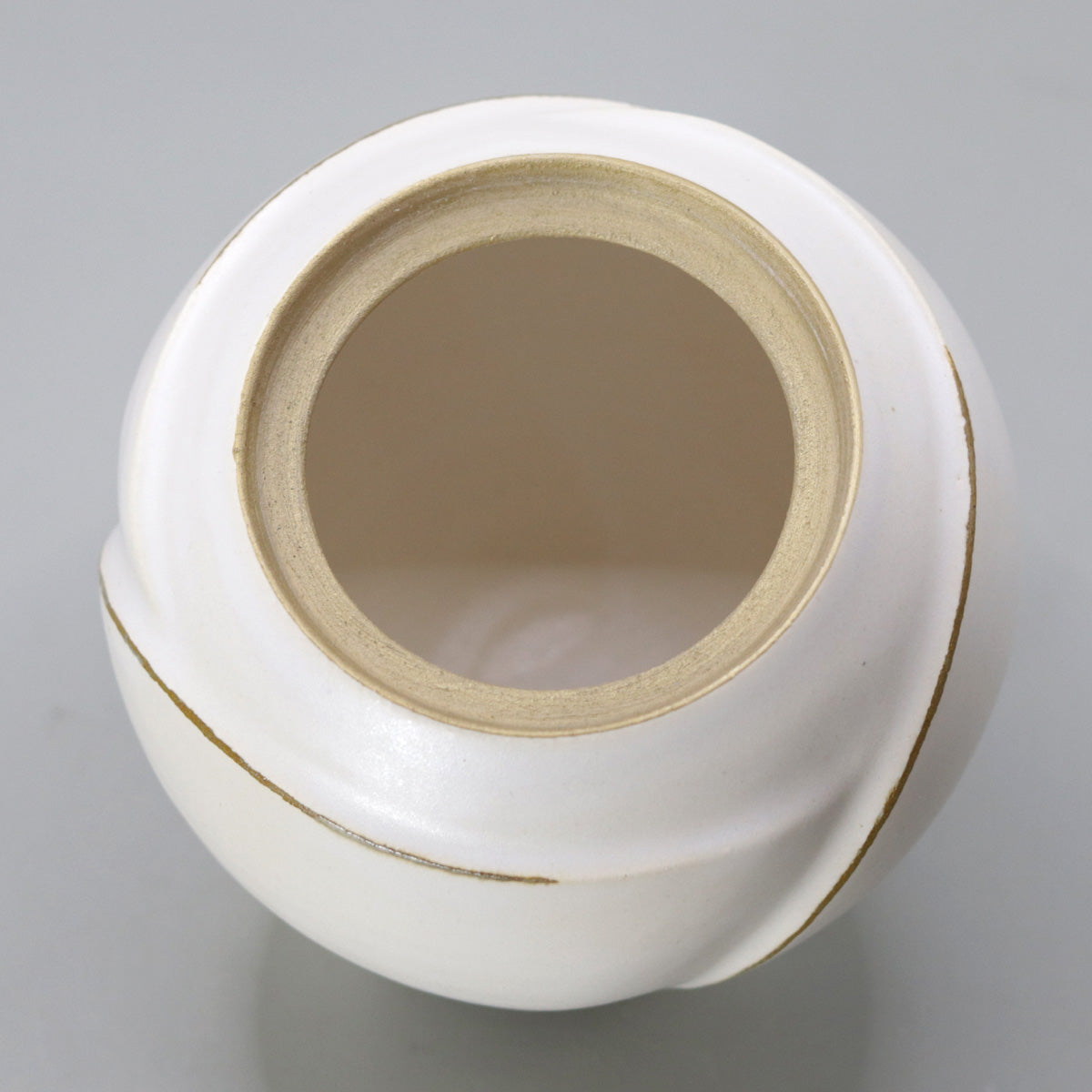
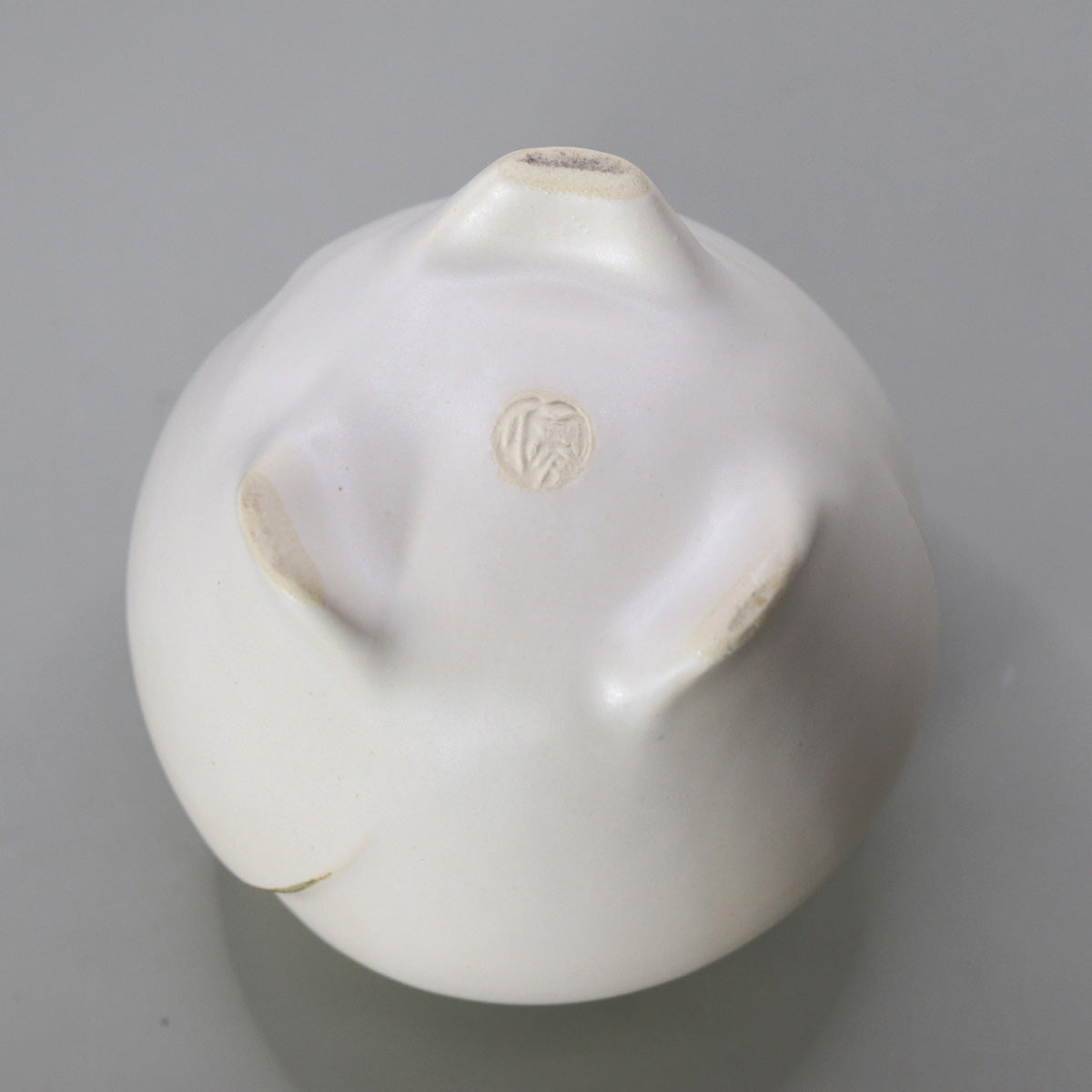
Multi-Column
-
[I will send it to you quickly and carefully]
We carefully package each product in a way that suits it best.
Also, delivery times vary depending on the piece (vessel, etc.).
Items that already come with a box will be shipped within 1-3 days of the order date.
For items that require a box to be made after your order, it will take approximately 30 days for production to be completed and then shipped.
In either case, once we have confirmed your order, we will contact you by email to inform you of the delivery date.
-
[Requests when purchasing pottery]
Even products that look the same may differ slightly in color, shape, size, etc.
The way the glaze is used, the power of the kiln, the firing method, the season, and the humidity also affect the appearance of the pottery.
Please understand the individuality of each piece of pottery and enjoy the unique warmth of handmade.

